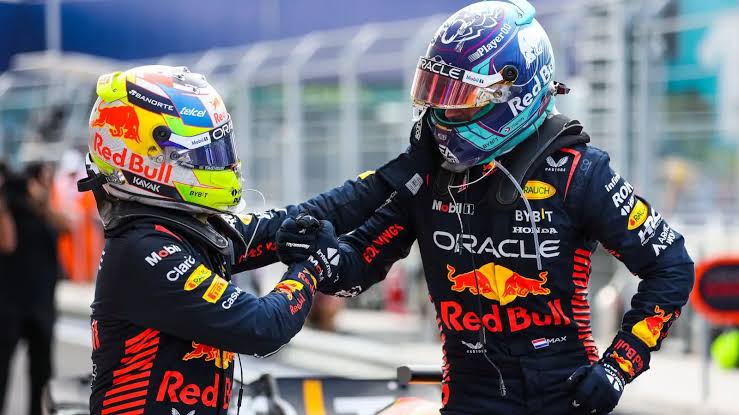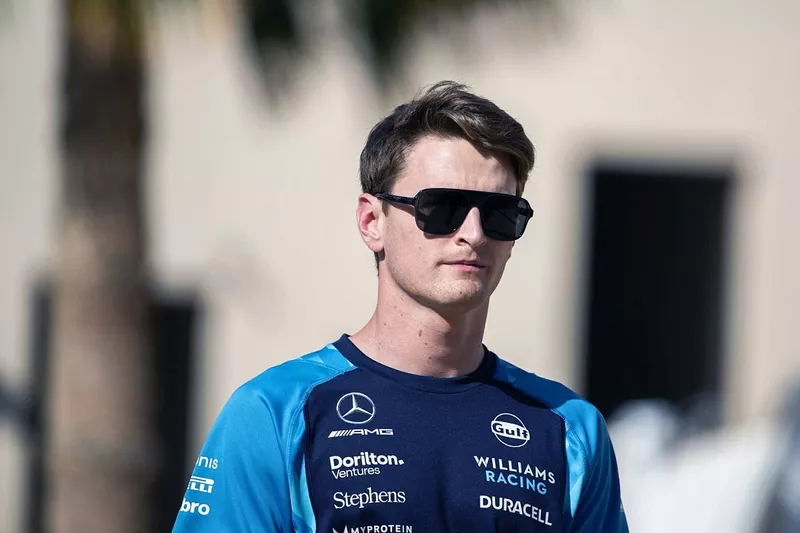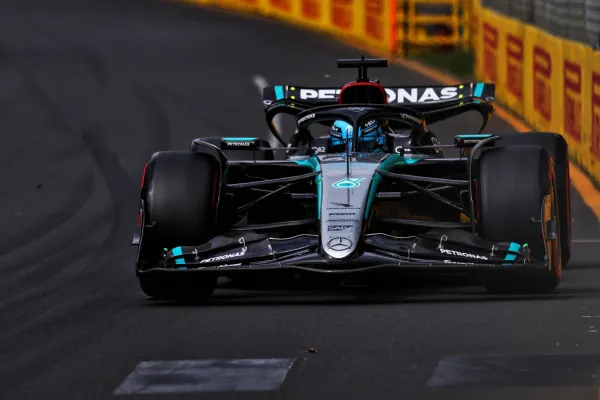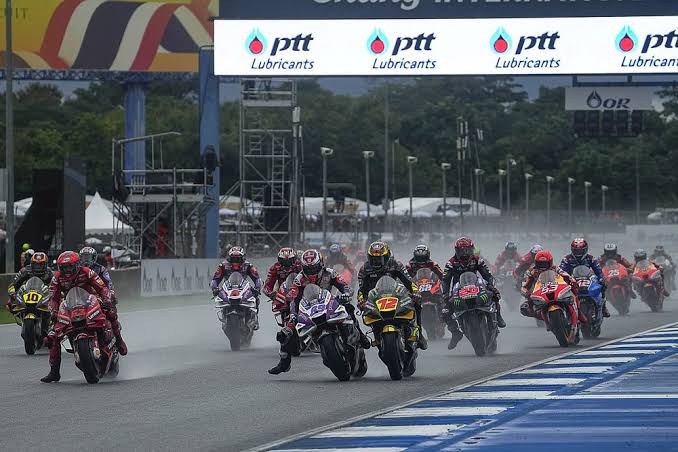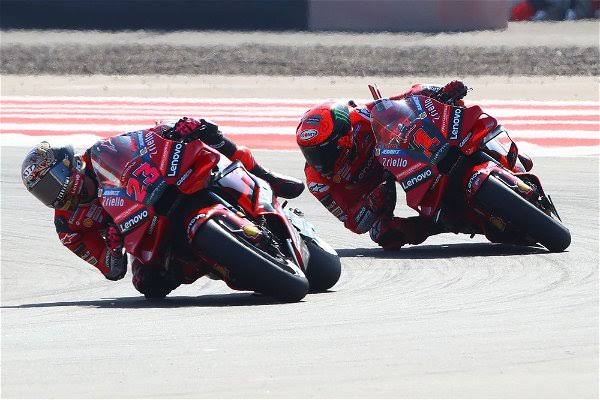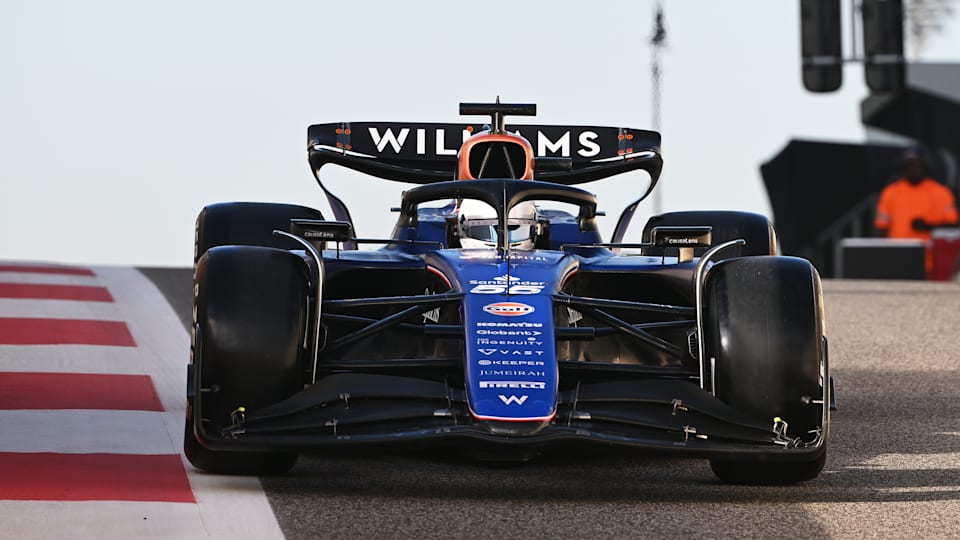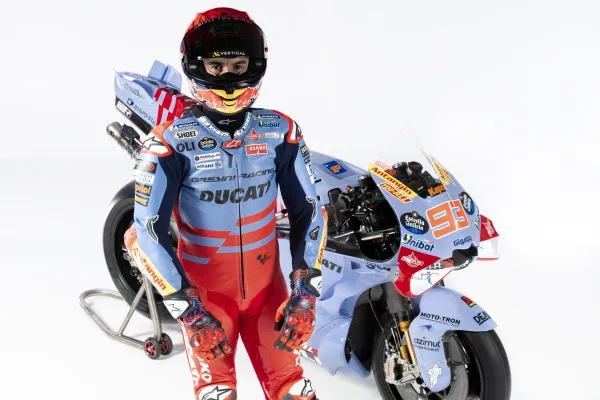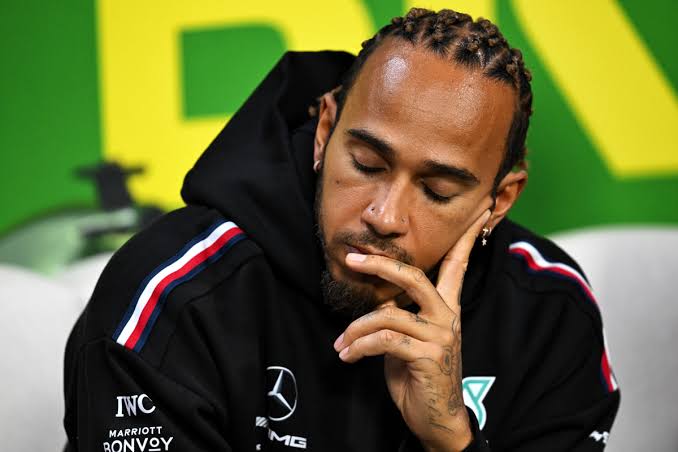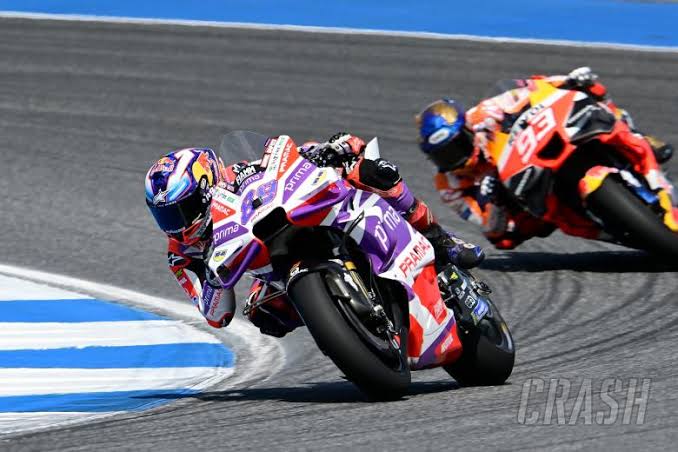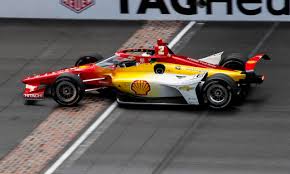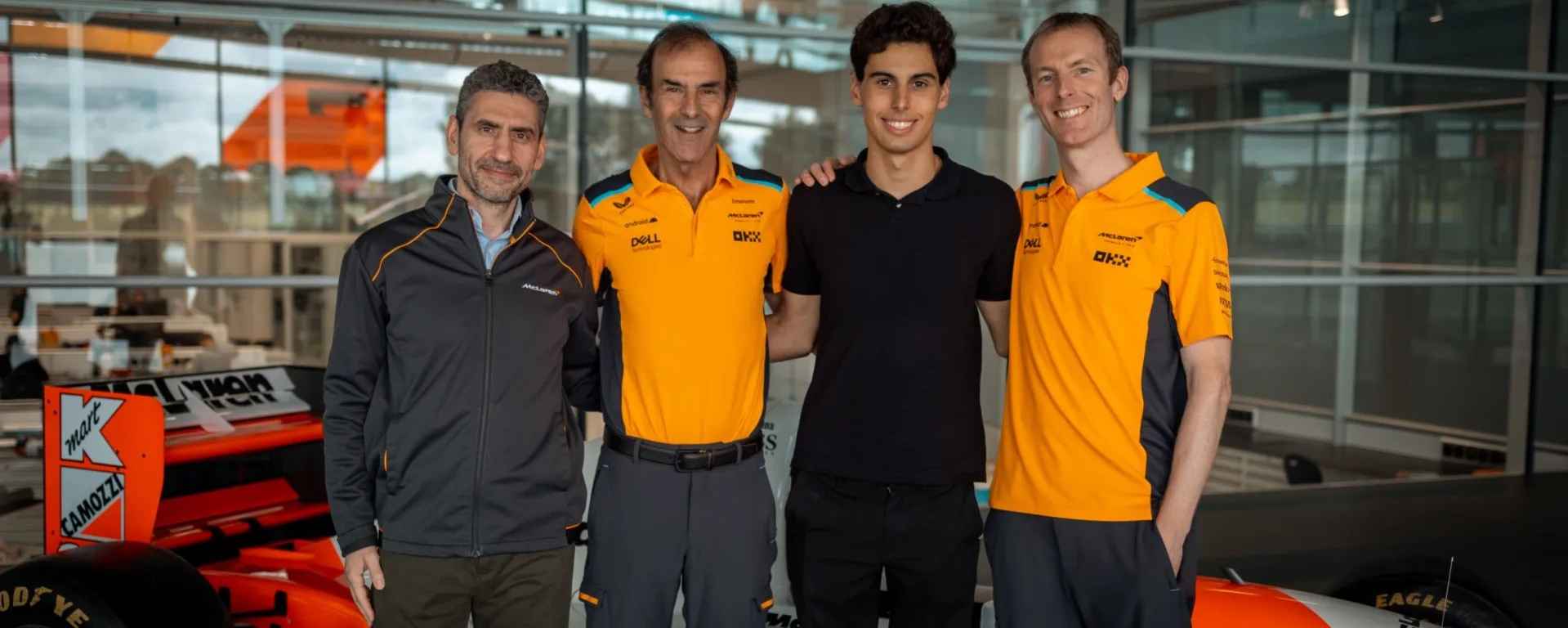FIM Announces New Helmet Safety Standards For MotoGP 2025: Enhancing Rider Protection
The world of MotoGP is renowned for its high-speed thrills and technological advancements, but safety remains the top priority. In a significant move to enhance rider protection, the Fédération Internationale de Motocyclisme (FIM) has introduced a new helmet safety standard, FRHPhe-02, set to become mandatory for most FIM competitions from 2026. This development marks a crucial step forward in ensuring the well-being of riders across various disciplines, including MotoGP, off-road racing, and other FIM-organized events.
Background: The Evolution of Helmet Safety Standards
Helmet safety standards have evolved significantly over the years, with various regulatory bodies like the UN ECE, Snell, and JIS setting benchmarks for helmet manufacturers. However, the FIM’s involvement in creating specialized standards for racing helmets has been pivotal in raising the bar for safety in professional motorcycle racing.
In 2019, the FIM introduced the FRHPhe-01 standard, which was initially mandatory for MotoGP riders and later expanded to other circuit racing disciplines in 2020. This standard exceeded existing regulations such as UN ECE 22.06 and Snell M2020, focusing on high-speed impacts and penetration tests to ensure helmets could withstand the extreme conditions of track racing.
The New FRHPhe-02 Standard: A Leap Forward in Safety
The FRHPhe-02 standard represents a significant enhancement over its predecessor, incorporating more rigorous testing protocols to cover both on-track and off-road helmets. This new standard is designed to provide superior protection against various types of impacts, including:
- Random Impact Tests: Helmets must survive between 9 to 13 random impacts at 22 pre-established locations on the helmet surface.
- Anvil Impact Tests: Four impacts against a flat anvil at 8.2 m/s and four impacts against a hemispherical anvil at 7.5 m/s are required, which are not part of the existing FRHPhe-01 or other standards.
- Oblique Impact Tests: To assess performance in angled impacts, which are common in real-world crashes.
- Quick-Removal Cheek Pad Test: Ensuring that cheek pads can be swiftly removed in emergency situations.
- Skull Fracture Criterion (SFC): A new metric to evaluate the risk of skull fractures by measuring average linear acceleration over a calculated time interval.
Impact on MotoGP and Beyond
While the FRHPhe-02 standard is primarily aimed at enhancing safety in professional racing, its influence will extend beyond MotoGP. The new standard will apply to most FIM competitions, including off-road racing disciplines such as Motocross, Enduro, and Speedway. This expansion underscores the FIM’s commitment to improving safety across all motorcycle sports.
For MotoGP specifically, the use of helmets meeting the FRHPhe-02 standard will become increasingly prevalent, especially as manufacturers begin to produce helmets that comply with these stricter regulations. Although not mandatory for MotoGP in 2025, there is a strong recommendation for riders to adopt these helmets, paving the way for a safer racing environment.
How Helmet Manufacturers Are Responding
Helmet manufacturers are already working to meet the FRHPhe-02 standards, recognizing the importance of providing top-tier safety for professional riders. The introduction of this new standard means that many high-end helmets will need to be upgraded to comply with the enhanced testing protocols. This not only benefits professional racers but also trickles down to road riders who opt for high-performance helmets designed with racing specifications in mind.
Technology and Innovation in Helmet Design
The development of helmets that meet the FRHPhe-02 standard involves cutting-edge technology and innovative design. Modern racing helmets feature advanced materials and designs, such as:
- Super Hard Outer Shells: Providing exceptional impact resistance.
- Multi-Density Styrofoam Inner Layers: Tailored to absorb impacts effectively.
- Advanced Ventilation Systems: Ensuring optimal airflow and visibility.
- High-Quality Visors: Designed to protect against debris and weather conditions.
The Role of FIM Homologation
To ensure compliance with the FRHPhe-02 standard, helmets will be equipped with a QR code sewn into the chinstrap. This QR code links to the helmet’s homologation certification, allowing race organizers to verify the helmet’s legitimacy and track its use in competitions. This system enhances safety by ensuring that only certified helmets are used in FIM events.
Safety at the Forefront
The introduction of the FRHPhe-02 standard by the FIM marks a significant step forward in enhancing rider safety across various motorcycle disciplines. As the world of MotoGP and other racing categories continues to evolve, the emphasis on safety will remain paramount. By adopting these stricter standards, the FIM is setting a new benchmark for helmet safety, which will undoubtedly influence the broader motorcycle industry.
To explore more about how MotoGP teams maintain their edge through innovative technology and safety measures, see our articles on the latest advancements in motorcycle racing.
Future Implications and Industry Impact
The implementation of the FRHPhe-02 standard will have far-reaching implications for the motorcycle industry. As manufacturers adapt to meet these new requirements, there will be a shift towards more advanced helmet designs that prioritize both safety and performance. This trend is likely to influence not just professional racing but also the broader market for motorcycle helmets, as consumers increasingly seek out safer, high-quality products.
Consumer Impact: Safety for All Riders
While the FRHPhe-02 standard is primarily aimed at professional racing, its impact will extend to all motorcycle enthusiasts. As helmets meeting this standard become more widely available, riders of all levels will benefit from enhanced safety features. This is particularly important for road riders who often face unpredictable conditions and need reliable protection.
Discover how superstars and storylines stay ahead of the game through innovative marketing and branding strategies.
The FIM’s Commitment to Safety
The FIM’s commitment to safety is evident in its ongoing efforts to improve helmet standards. By continuously updating and refining these standards, the FIM ensures that riders have access to the best possible protective gear. This dedication to safety not only protects riders but also contributes to the overall growth and sustainability of motorcycle sports.
Collaboration with Manufacturers
The development of the FRHPhe-02 standard involved close collaboration between the FIM and helmet manufacturers. This partnership is crucial in ensuring that helmets not only meet safety requirements but also remain practical and affordable for riders. By working together, the FIM and manufacturers can drive innovation while maintaining a focus on safety.
The Future of Motorcycle Safety
As motorcycle racing continues to evolve, safety will remain at the forefront. The introduction of the FRHPhe-02 standard is just one part of a broader effort to enhance safety across all aspects of motorcycle sports. From improved helmet designs to advanced protective gear and track safety measures, the future of motorcycle racing looks safer than ever.
Conclusion: A Safer Future for Motorcycle Racing
The FIM’s announcement of the FRHPhe-02 standard marks a significant milestone in the pursuit of safety in motorcycle racing. As the industry moves forward, it is clear that safety will continue to be a top priority. Whether you are a professional rider or an enthusiast, understanding the latest developments in helmet safety can help you stay informed and protected.
In conclusion, the introduction of the FRHPhe-02 standard by the FIM is a testament to the ongoing commitment to safety in motorcycle racing. As the sport continues to evolve, it is crucial that safety remains at the forefront. Whether through advanced helmet designs or innovative safety measures, the future of motorcycle racing looks brighter and safer than ever.
To stay updated on the latest developments in racing safety and how teams are leveraging technology to enhance performance, visit our article for in-depth analysis and insights.
Final Thoughts
The pursuit of safety in motorcycle racing is a collective effort that involves riders, manufacturers, and governing bodies like the FIM. By embracing the latest safety standards and technologies, we can ensure that motorcycle sports continue to thrive while minimizing risks. As we look to the future, it is clear that safety will remain a cornerstone of the motorcycle racing community.
The FIM’s announcement of the FRHPhe-02 standard is a powerful example of how safety can be enhanced through collaboration and innovation. As motorcycle racing continues to push boundaries, it is essential that safety measures keep pace. By embracing these advancements, we can ensure a safer and more exciting future for all motorcycle enthusiasts.
To explore more about how MotoGP teams maintain their edge through innovative technology and safety measures, see our article on the latest advancements in motorcycle racing. Discover how superstars and storylines stay ahead of the game through innovative marketing and branding strategies.



